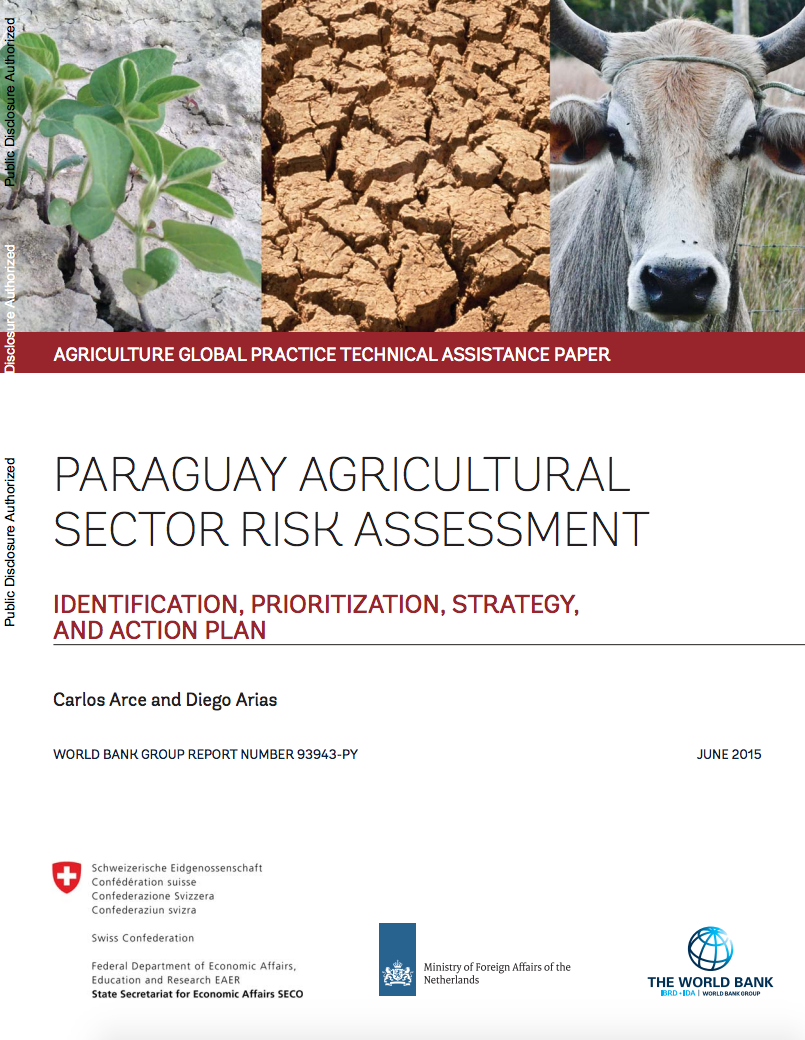Environmental Reliance, Climate Exposure, and Vulnerability
This paper analyzes environmental
reliance, poverty, and climate vulnerability among more than
7,300 households in forest adjacent communities in 24
developing countries. The data are from the detailed,
quarterly income recording done by the Poverty Environment
Network project. Observed income is combined with predicted
income (based on households’ assets and other
characteristics) to create four categories of households:


